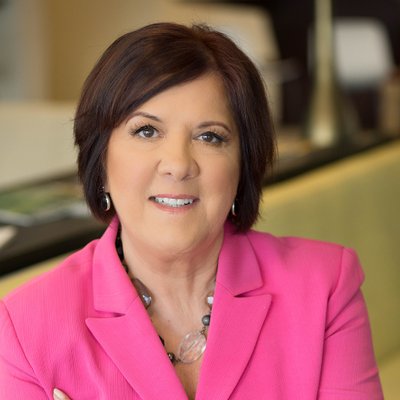The face of U.S. debt is changing, according to the New York Federal Reserve Board.
Viewed from one perspective, U.S. consumer debt is unrelenting in its steady creep upwards. In its latest quarterly survey, conducted in December of 2018, the NY Fed found that U.S. debt rose for the 18th consecutive quarter, to $13.64 trillion. That’s a 21% increase since the second quarter of 2013, when U.S. debt sank to its lowest level following the financial crisis of 2008. Notable increases include credit card balances ($26 billion), student loan debt ($15 billion) and auto loans ($9 billion).
Seen from another point of view, U.S. consumers are becoming much more prudent in their spending habits. Mortgage debt was flat, and home equity lines of credit (HELOCs) continued their declining trend, according to the report.
What do these seemingly contradictory set of facts say about U.S. consumers and their debt habits? Answering that question will test the skills of business reporters who look into one, or all, of the following stories:
Are consumers kicking the credit habit?
In the NY Fed’s report, credit cards were the #1 debt racked up U.S. consumers. At the same time, the report found a substantial dip in consumer requests for credit and noted that the delinquency rate remained unchanged from 2017. With the average interest rate reaching 17.68% recently, that could mean consumers are controlling their appetite for credit. Assemble a panel and ask your readers what changes they’ve made, or are considering. Include a consumer credit expert in your discussion. Talk to Ted Rossman at CreditCards.com and Matt Schulz, chief industry analyst at CompareCards.com to develop this story.
Are your readers ready for the next recession?
While the next recession may not be around the very next corner, it’s coming, say a steady stream of recent surveys. In a February survey conducted by the National Association of Business Economics (NABE), only 11% believe that the U.S. can avoid a recession in the next 12 months. So ask your panel–do they believe the reports, and if so, in what ways are they getting ready? At NABE, talk to Kevin Swift, who heads the group, or Gregory Daco, survey chair and chief U.S. economist at Oxford Economics. For more information, read the blog, “How to Help Your Readers Prepare for the Next Recession,” posted earlier this month.
Where will consumers find loan money?
More U.S. banks are tightening their standards on consumer loans and credit cards, according to this January 2019 survey of senior bank loan officers from the Federal Reserve Bank of St. Louis. And now peer-to-peer and digital lenders that emerged after they last recession, such as LendingClub Corp, Kabbage Inc., and Avant LLC, are following the banking crowd. Ask the consumers on your panel where have succeeded, or failed, in finding loan money in the past 12 months.







